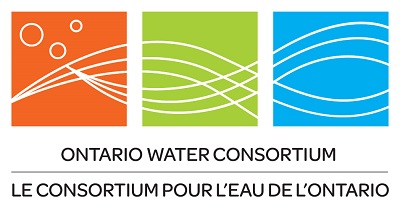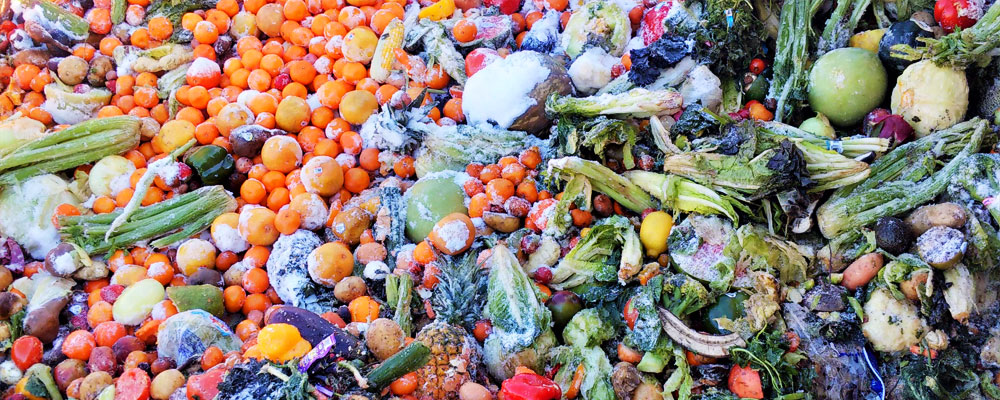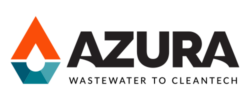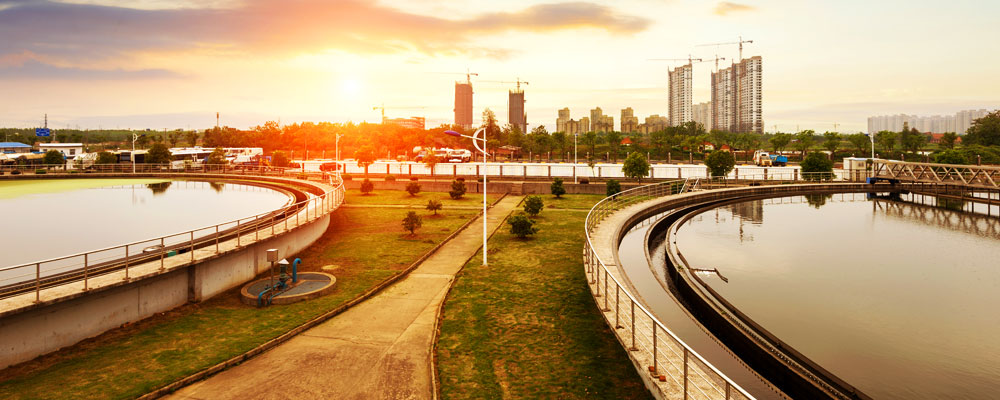Following the third Getting to Net Zero Energy Wastewater workshop in February 2020, hosted by the Ontario Water Consortium (OWC), in partnership with the Ontario Clean Water Agency (OCWA), a team of industry professionals prepared a Handbook for Codigestion Projects at Municipal Wastewater Treatment Facilities.
The purpose of this event was to continue the momentum toward getting Ontario municipal wastewater treatment facilities to net zero energy. The workshop specifically focusing on opportunities for codigestion using existing anaerobic digestion infrastructure at municipal wastewater treatment plants. Seven experts combined the workshop outcomes with their different wastewater, biogas, anaerobic digestion, and food & organic waste experience to prepare this handbook. Azura’s David Ellis was able to contribute expertise based on his years of consulting with Ontario’s food and organic waste anaerobic digestion industry.


This handbook covers key considerations in codigestion projects and outlines how the shift to codigestion can contribute to resource recovery and energy neutrality at wastewater treatment plants. Codigestion is the process whereby organic waste is combined and processed along with sewage sludge at wastewater treatment plants (WWTPs) to produce renewable energy, thereby turning these treatment plants into the more appropriately named Water Resource Recovery Facilities (WRRFs).
This organic waste can be in the form of 1) curb-side collected, post-consumer, food waste, 2) other municipal Source Separated Organics (SSO), and 3) pre-consumer food and organic waste including fats, oil, and grease (FOG) from grease traps and restaurant waste. The biogas produced from codigestion can be used to produce Renewable Natural Gas (RNG) or renewable electricity and heat when burned in a biogas-fired cogeneration system.
There are many benefits to codigestion such as value generation from biosolids, minimizing waste, recovering resources, and unlocking trapped energy potential. Along with government priorities for reducing greenhouse gas emissions and recovering resources from all waste, there is a tremendous opportunity for municipalities to lead a major shift toward resource recovery and energy neutrality at WRRFs.
Anaerobic digestion of food waste produces one of the lowest carbon intensity fuels. Biogas can even be a carbon-negative fuel in some instances.
Along with the renewable energy produced during codigestion, is an organic slurry residual that is rich in nitrogen and phosphorus called “digestate”. This digestate is a valuable soil amendment that can be used on agricultural land, providing an alternate destination for waste.
This handbook is a reference guide that summarizes the benefits of codigestions and all key consideration in such projects. The authors begin by summarizing the codigestion landscape in Ontario including demand drivers such as political agendas, social pressure, and environmental stewardship. There are technological considerations which are then discussed such as feedstock and digestate. The authors explain other factors on the path to codigestion at WRRFs such as common business models and partnership structures, revenue and funding models, the approval process, and regional planning.
To appreciate the benefits of codigestion at WRRFs, the current process at these facilities must first be explored. In Ontario, municipal WRRFs use anaerobic digestion to process waste sludge produced from treating wastewater. Anaerobic digestion is a natural process that consumes a portion of organic wastes and produces digestate and methane gas. Digestate can have beneficial uses such as fertilizer for agricultural applications or can be sent for disposal. Methane produced from anaerobic digestion is called biogas. It is a beneficial fuel with multiple applications.
One key consideration on the path to codigestion is the partnership structure. This handbook explores a few different structures such as municipal services corporation, public-private partnerships, technology partnerships, utility financing, and a concession model. It also summarizes different revenue models for such projects while drawing upon growing trends regionally, nationally, and internationally.
The authors use two current codigestion examples in Ontario: Stratford and Petawawa, to explore financing cases. Using Stratford’s codigestion project as an example, the approval process is outlined including Environmental Compliance Approval, Environmental Assessment Act, and other considerations in the planning process. One valuable section in this handbook is the summary of funding programs such as grants, lending, and equity and debt financing. Finally, the authors exhibit the importance of public engagement by demonstrating Stratford’s process in obtaining stakeholder buy-in.
In summary, this handbook is a comprehensive resource for municipalities and industry leaders considering codigestion projects at municipal wastewater treatment facilities. It should be noted that the contents of the handbook are considered as a reference only. It is suggested that readers considering a codigestion project seek the appropriate professional services including legal, accounting, and engineering.
A summary of the recommendations from the event and a copy of the handbook can be downloaded directly from the Ontario Water Consortium event page Getting to Net Zero Energy – Ontario Water Consortium.

Get Insights from the Bioprocess Experts Right to Your inbox
Sign up to the Discover Digesters Newsletter to access Azura’s best practices, field-tested advice, and insights into the anaerobic digestion & industrial wastewater treatment industries.
By submitting this form, you are consenting to receive marketing emails from: Azura Associates. You can revoke your consent to receive emails at any time by using the SafeUnsubscribe® link, found at the bottom of every email. Emails are serviced by Constant Contact.

